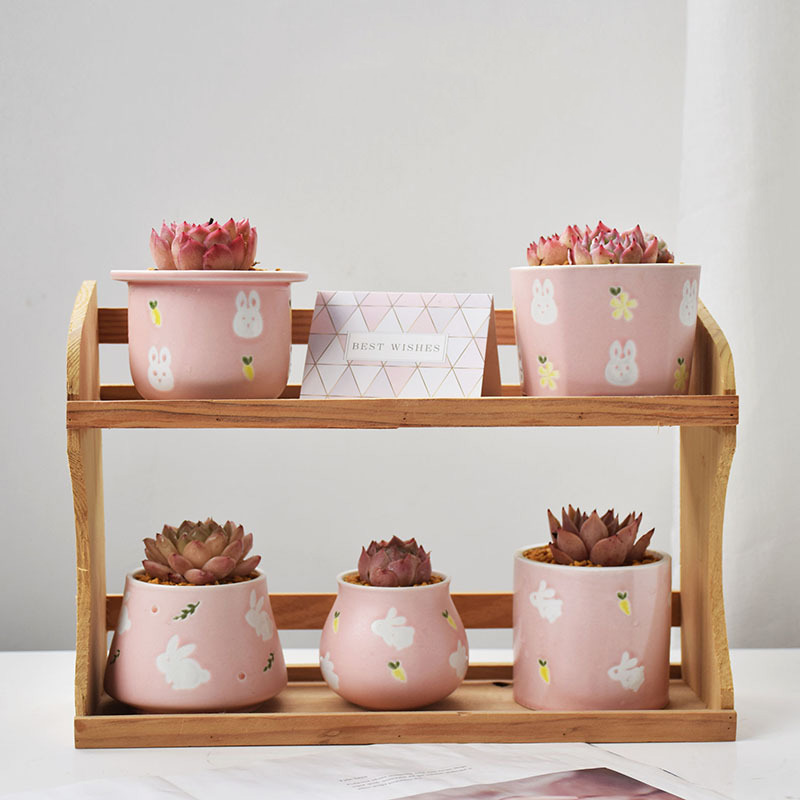Being a plant parent is more than just placing a potted plant on a windowsill and watering it occasionally. It’s a commitment to nurturing and caring for living organisms that bring beauty, freshness, and even improved air quality into our homes. Whether you’re a seasoned green thumb or just starting your journey into plant parenthood, mastering the art of indoor plant care is essential for keeping your leafy companions thriving. In this comprehensive guide, we’ll explore some fundamental tips and practices to help you become a successful plant parent.
Understanding Your Plants’ Needs
The first step in caring for indoor plants is understanding their individual needs. Different plants have varying requirements for light, water, humidity, and temperature. Before bringing a new plant home, research its specific care instructions to ensure you can provide the environment it needs to flourish. Some plants thrive in bright, indirect light, while others prefer low-light conditions. Similarly, some plants require frequent watering, while others prefer to dry out between waterings.

Choosing the Right Containers
Selecting the appropriate containers for your indoor plants is crucial for their well-being. Plant pots should have drainage holes at the bottom to prevent water from accumulating and causing root rot. Additionally, consider the size of the pot relative to the plant’s root system. A pot that is too small can restrict root growth, while a pot that is too large can hold excess moisture, leading to overwatering.
Providing Adequate Light
Light is one of the most critical factors influencing plant growth and health. Most indoor plants thrive in bright, indirect light, such as near a north or east-facing window. However, it’s essential to be mindful of the specific light requirements of each plant species. Some plants, such as succulents and cacti, prefer full sun, while others, like ferns and peace lilies, thrive in low-light conditions. If natural light is limited in your home, consider supplementing with artificial grow lights to ensure your plants receive the light they need.
Establishing a Watering Routine
Proper watering is essential for the health of indoor plants, but it can be tricky to get right. Overwatering is a common mistake among plant parents and can lead to root rot and other issues. On the other hand, underwatering can cause plants to wilt and suffer from dehydration. To determine when to water your plants, check the soil moisture level by inserting your finger into the soil. If it feels dry to the touch, it’s time to water. Be sure to water thoroughly, allowing excess water to drain out of the bottom of the pot.

Maintaining Humidity Levels
Many indoor plants, especially tropical varieties, thrive in environments with high humidity. In dry indoor environments, such as those created by heating and air conditioning systems, it’s essential to supplement humidity to keep your plants happy. You can increase humidity by misting your plants regularly, placing a tray of water near them, or using a humidifier.
Fertilizing Regularly
Indoor plants benefit from regular fertilization to replenish nutrients in the soil and support healthy growth. Choose a balanced, water-soluble fertilizer and apply it according to the manufacturer’s instructions. During the growing season, typically spring and summer, fertilize your plants every two to four weeks. In the fall and winter, when plants are dormant, reduce fertilization frequency or skip it altogether.
Practicing Pest Prevention
Pests such as aphids, spider mites, and mealybugs can wreak havoc on indoor plants if left unchecked. To prevent infestations, inspect your plants regularly for signs of pests, such as yellowing leaves, sticky residue, or visible insects. If you notice any pests, isolate the affected plant and treat it promptly with insecticidal soap or neem oil. Additionally, practice good hygiene by keeping your plants clean and free of debris, which can attract pests.
Monitoring Plant Health

Finally, keep a close eye on your indoor plants and monitor their health regularly. Pay attention to changes in growth, appearance, and behavior, as these can indicate underlying issues such as overwatering, nutrient deficiencies, or pest infestations. By staying vigilant and addressing problems promptly, you can help your plants thrive and enjoy their beauty for years to come.
In conclusion, caring for indoor plants requires attention to detail, patience, and a willingness to learn. By understanding your plants’ individual needs, providing them with the right environment, and practicing good care habits, you can become a successful plant parent and create a lush and vibrant indoor garden. So roll up your sleeves, get your hands dirty, and watch your indoor jungle flourish under your loving care. Happy gardening!
